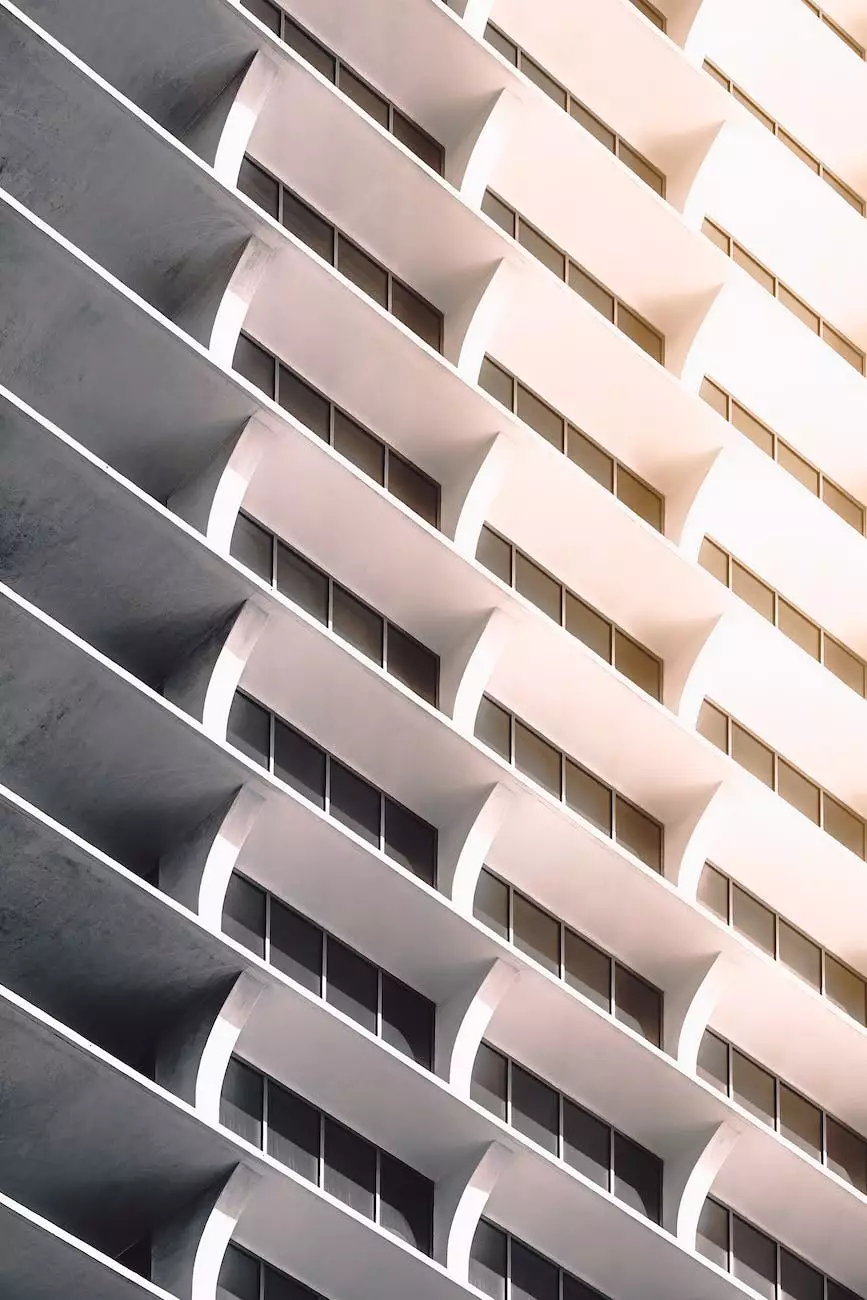Which Printing Process Should You Choose? The Pros ...
Blog
When it comes to packaging design, choosing the right printing process is crucial. The printing process you select can greatly impact the quality and visual appeal of your packaging. With so many options available, it can be overwhelming to determine which printing method is the best fit for your needs. In this article, we will explore the pros and cons of five different printing processes to help you make an informed decision.
1. Offset Printing
Offset printing is a popular choice for packaging design due to its excellent color reproduction and high image quality. This printing process uses metal plates to transfer ink onto rubber blankets, which are then pressed onto the packaging material. It offers precise and sharp details, resulting in visually stunning packaging.
Pros of offset printing include:
- Consistent and vibrant colors
- Ability to print on a wide range of materials
- Cost-effective for large print runs
Despite its advantages, offset printing has a few limitations. It may not be suitable for small print runs due to the initial setup costs involved. Additionally, it may not be ideal for designs that require metallic or specialty inks.
2. Digital Printing
Digital printing has gained popularity in recent years due to its flexibility and cost-effectiveness for short print runs. This printing method utilizes digital files to directly transfer images onto the packaging material. It eliminates the need for plates, making it a quicker and more efficient process.
Key advantages of digital printing are:
- Quick turnaround time, making it ideal for time-sensitive projects
- Ability to customize designs with variable data printing
- Lower setup costs for short print runs
However, digital printing may not offer the same level of color vibrancy and image quality as offset printing. It also has limitations on the types of materials it can print on.
3. Flexographic Printing
Flexographic printing is a widely used method for packaging that requires high-speed production. It uses flexible relief plates made of rubber or photopolymer to transfer ink onto the packaging material. This process is commonly used for printing large quantities of packaging materials.
Advantages of flexographic printing include:
- Fast printing speed, making it suitable for high-volume production
- Cost-effective for large print runs
- Ability to print on a variety of materials, including paper, plastic, and labels
However, flexographic printing may not be suitable for designs that require intricate details or high image resolution. It may also have limitations in achieving precise color matching.
4. Gravure Printing
Gravure printing is a high-quality and efficient printing process commonly used for packaging designs that demand exceptional image reproduction. It utilizes engraved cylinders to transfer ink onto the packaging material. The engraved cylinders hold ink in recessed cells, resulting in consistent and accurate color application.
Key advantages of gravure printing are:
- Excellent image reproduction with fine details and smooth color gradients
- Consistent color consistency throughout the print run
- Ability to print on a wide range of substrates
Gravure printing, however, can be costly, especially for small print runs. It also requires specialized equipment, making it more suitable for large-scale packaging production.
5. Screen Printing
Screen printing is a versatile printing method that can achieve vibrant and unique effects on packaging. It involves pressing ink through a mesh screen onto the packaging material using a squeegee. This process allows for thick ink deposits, resulting in textured and eye-catching packaging.
Advantages of screen printing include:
- Ability to print on various materials, including glass, plastic, and metal
- Ability to achieve special effects such as raised textures and metallic inks
- Durable prints that can withstand handling and environmental conditions
However, screen printing may not be as suitable for complex designs that require precise details or small text. It can also be a slower process compared to other printing methods.
Conclusion
Choosing the right printing process for your packaging design is essential to create visually appealing and high-quality packaging that effectively represents your brand. Consider factors such as your budget, print quantity, desired image quality, and packaging materials when making your decision.
Smartbiz Design offers a wide range of digital marketing solutions for businesses in various industries, including packaging design. Contact us today to discuss how we can help you achieve your packaging goals and enhance your brand's visibility.




